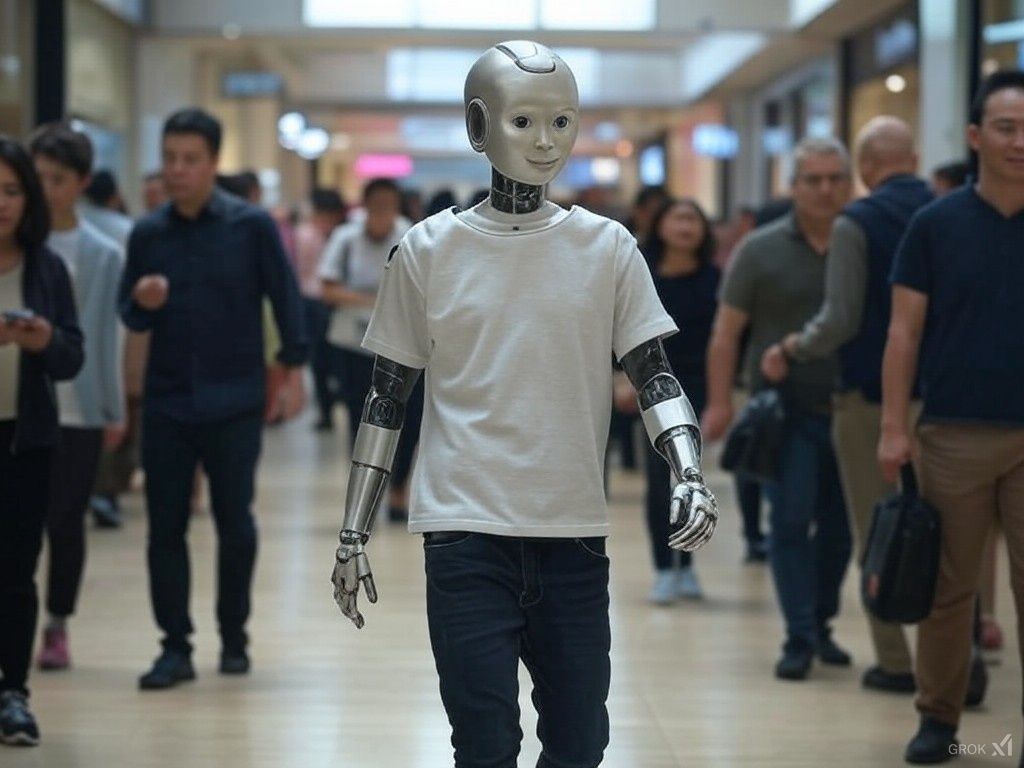Imagine walking down a busy city street and spotting a humanoid robot strolling alongside pedestrians. Right now, most people would pause, eyes widening, and instinctively pull out their phones to capture the moment. A humanoid robot in the real world still feels like something straight out of a sci-fi movie. But how long will this reaction last? How soon will we go from treating robots as spectacle to simply passing them by like any other piece of everyday technology?
The Shock and Awe Phase
At first, humanoid robots will be a head-turning phenomenon. Whether assisting in stores, walking dogs, or even helping people carry groceries, their presence will feel futuristic and slightly surreal. It’s no different from the way early automobiles or airplanes fascinated the public. People will crowd around, eager to interact, test their capabilities, and, of course, record the moment for social media. Headlines will feature the latest robot deployment, and tech influencers will review every nuance of their functionality.
The Shift Towards Acceptance
However, as more robots start integrating into daily life—whether in retail, hospitality, security, or home assistance—the novelty will begin to wear off. Just like ATMs, smartphones, and self-checkout kiosks before them, robots will transition from being a source of amazement to a regular convenience. The shift will be subtle: fewer heads turning, fewer excited whispers, and a decline in the number of viral videos capturing ‘first sightings.’ Instead, people will start appreciating the benefits—shorter wait times at stores, increased efficiency in services, and even the companionship that some robots can provide.
The Inevitable Normalcy
Eventually, seeing a humanoid robot will feel as uneventful as spotting an electric scooter or a smart vending machine. Robots will become part of the urban landscape, blending seamlessly into workplaces, homes, and public spaces. Children will grow up interacting with them in schools, and businesses will rely on them as essential members of the workforce. They won’t just be ‘robots’ anymore; they’ll be seen as tools, assistants, and even companions.
At Robo Reliance, we are preparing for this transition. As the world moves from fascination to dependence on humanoid robots, we are ensuring that these machines remain operational and efficient. Because when the world stops noticing robots, that’s when they will have truly arrived.

